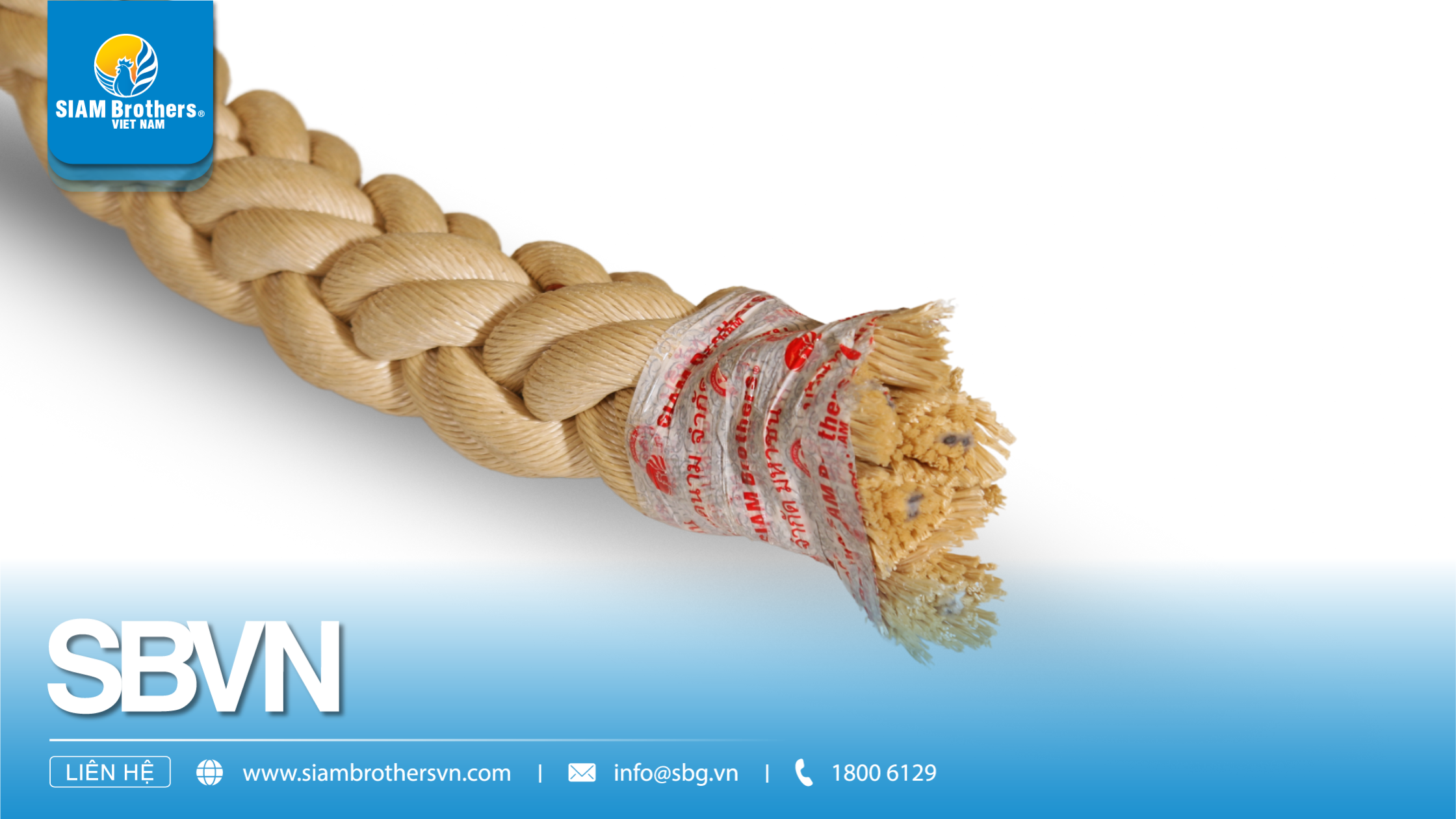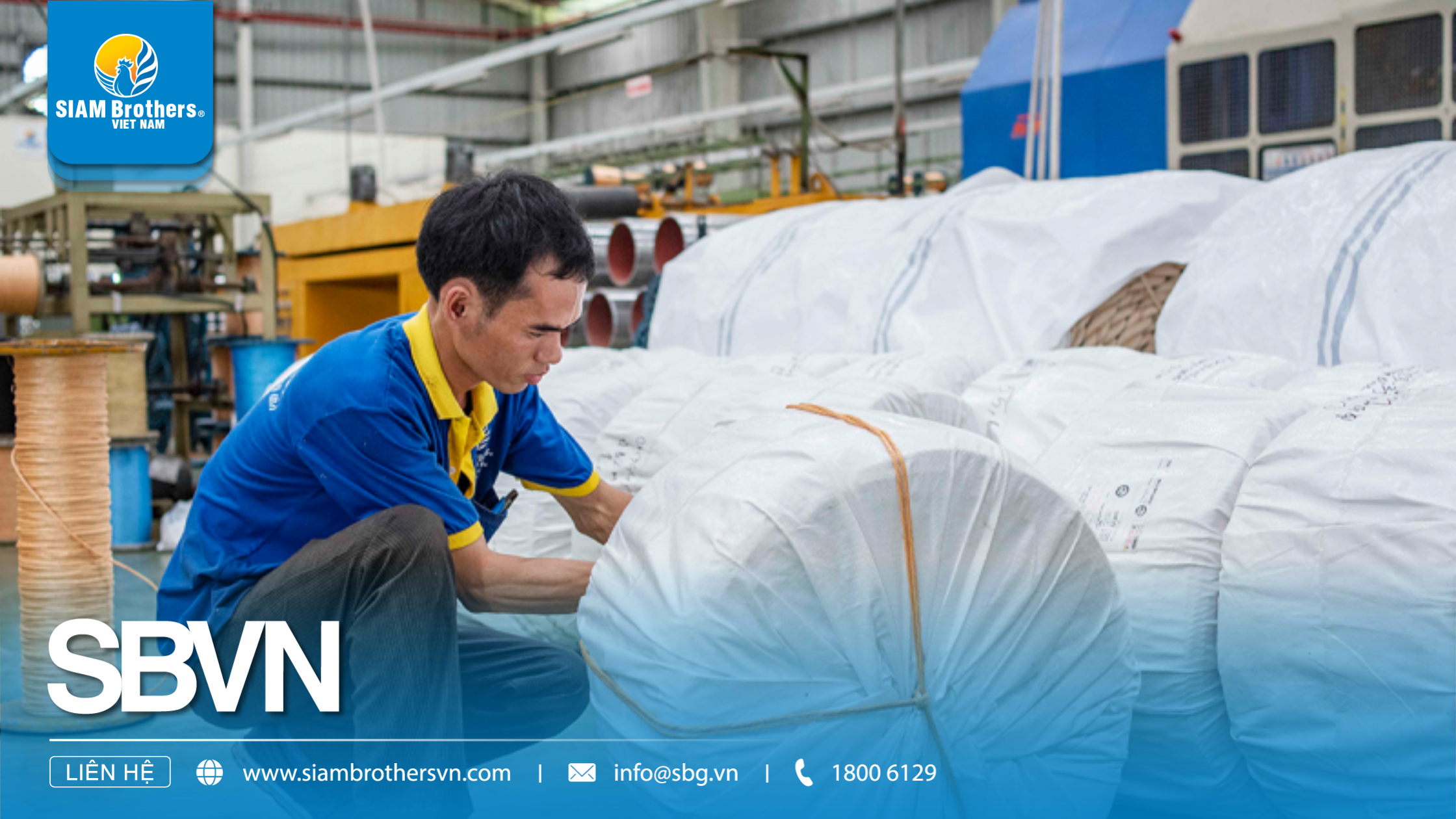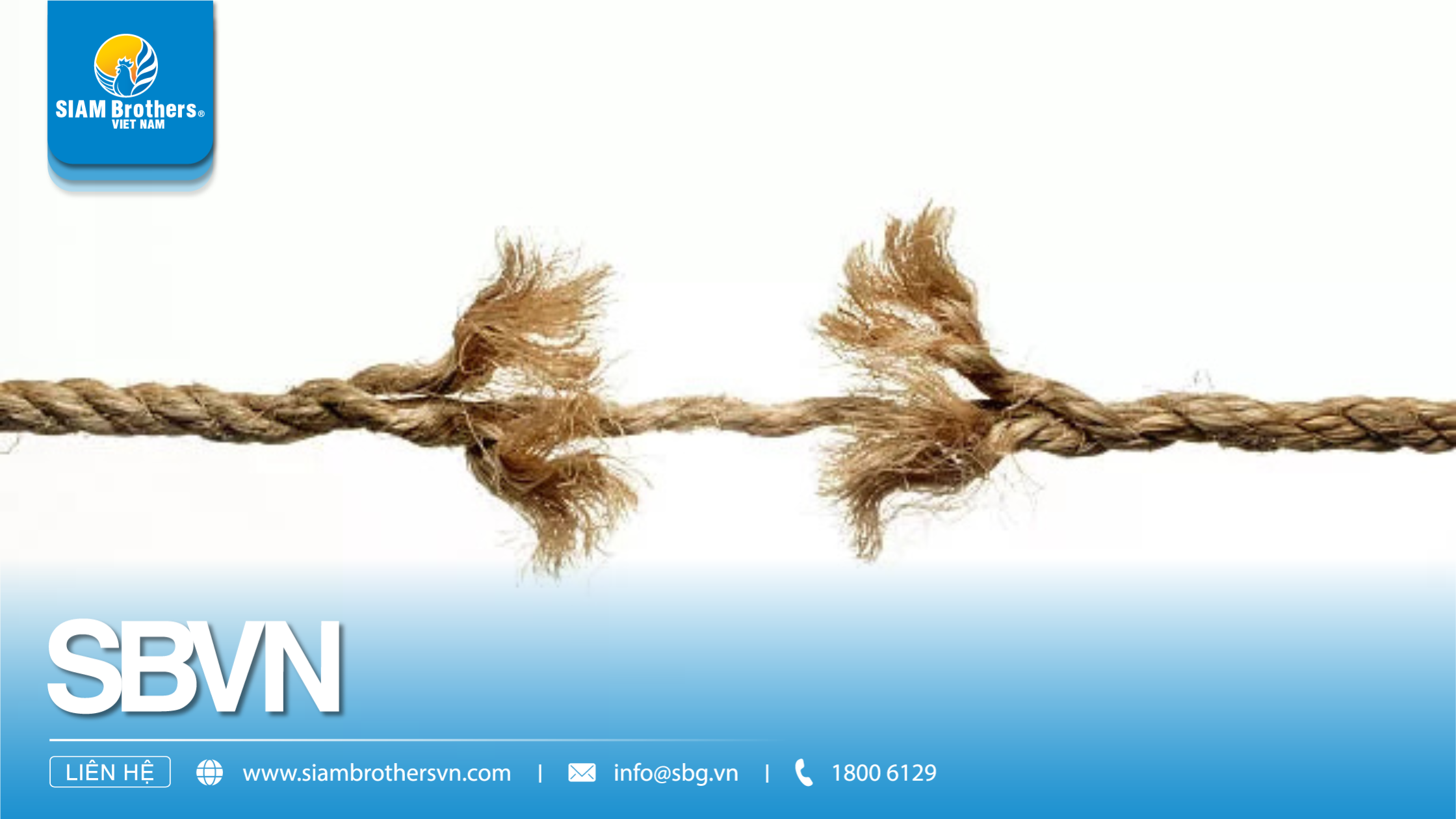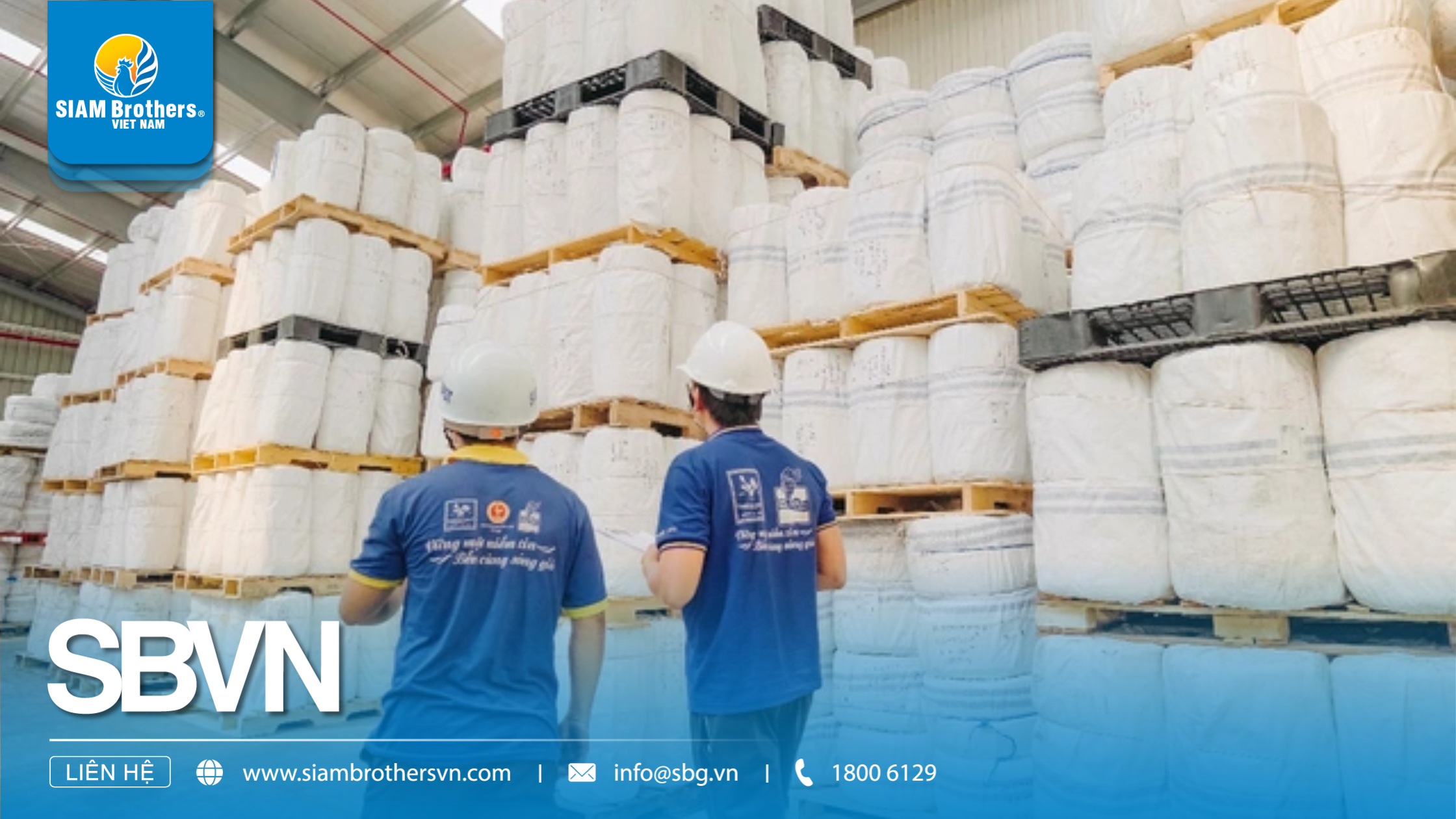Rope strength is crucial in various industries, including marine, construction, and industrial applications. Ensuring that a rope meets the required strength standards helps prevent accidents and enhances safety. This article explores the different methods used to measure rope strength and the importance of using ropes that meet specific strength requirements.

Source: SIAM Brothers Việt Nam
Tensile strength testing measures the maximum force a rope can withstand before breaking. In this test, the rope is securely clamped at both ends and pulled until it snaps. The force applied is recorded, measuring the rope’s ultimate tensile strength. This test is essential for understanding how much load a rope can handle in real-world applications.

Source: SIAM Brothers Việt Nam
Abrasion testing assesses the rope’s durability under continuous friction. Ropes are often subjected to harsh environments where they rub against surfaces, leading to wear and tear. This test simulates real-world abrasion by running the rope against rough materials under controlled conditions. The results indicate how resistant the rope is to surface damage, ensuring reliability in demanding applications.

Source: SIAM Brothers Việt Nam
Over time, exposure to environmental factors such as UV radiation, moisture, and chemicals can degrade rope strength. Aging tests involve exposing the rope to simulated environmental conditions to evaluate how well it maintains its strength over time. This testing helps determine the lifespan of the rope and the conditions under which it should be replaced.

Source: SIAM Brothers Việt Nam
Elongation testing measures how much a rope stretches under a specific load. Some applications require ropes with minimal stretch, while others may benefit from a certain degree of elasticity. By assessing elongation properties, manufacturers can recommend the right type of rope for different uses. This test also helps ensure that the rope maintains its structural integrity even when stretched.

Source: SIAM Brothers Việt Nam
Several international standards regulate rope strength testing, including ISO, ASTM, and EN standards. These standards outline the methodologies for testing and the minimum strength requirements for different types of ropes. Adhering to these standards ensures that ropes meet safety and performance criteria for various industries.

Source: Internet
Using ropes with insufficient strength can lead to serious consequences, such as equipment failure, accidents, and financial losses. In sectors like maritime and construction, a rope failure can cause severe damage and even endanger lives. Proper testing and adherence to standards help prevent such risks by ensuring that only high-quality, durable ropes are used.

Source: SIAM Brothers Việt Nam
When selecting a rope, factors such as material composition, intended use, and environmental exposure should be considered. Synthetic ropes, for example, may have higher resistance to chemicals and UV exposure, while natural fiber ropes might be more suitable for specific traditional applications. Understanding these factors helps in choosing the right rope for optimal performance and safety.
Measuring rope strength is essential for ensuring safety, durability, and efficiency in various applications. Through methods like tensile strength testing, abrasion testing, and elongation testing, manufacturers can guarantee that their ropes meet required standards. By selecting the right rope based on its tested strength properties, businesses can enhance safety and operational efficiency.
Read more: 5+ Uses of Ropes in Fisheries, Agriculture, and Daily Life
Source: SIAM Brothers Vietnam
Contact us:
Address: 5th floor, VRG Building, 177 Hai Ba Trung Str., Vo Thi Sau Ward, Disc. 12, Ho Chi Minh City, Vietnam
Tel: (+84) 28 38 912 889
Hotline: 1800 6129
Facebook: www.facebook.com/siambrothersvn
Email: info@sbg.vn
Youtube: youtube.com/@siambrothersvietnam1728
OA Zalo: zalo.me/1402339229697925373
App SBVN ID:
CHPlay: https://bit.ly/SBVNID-Android
Appstore: https://bit.ly/SBVNID-iOS